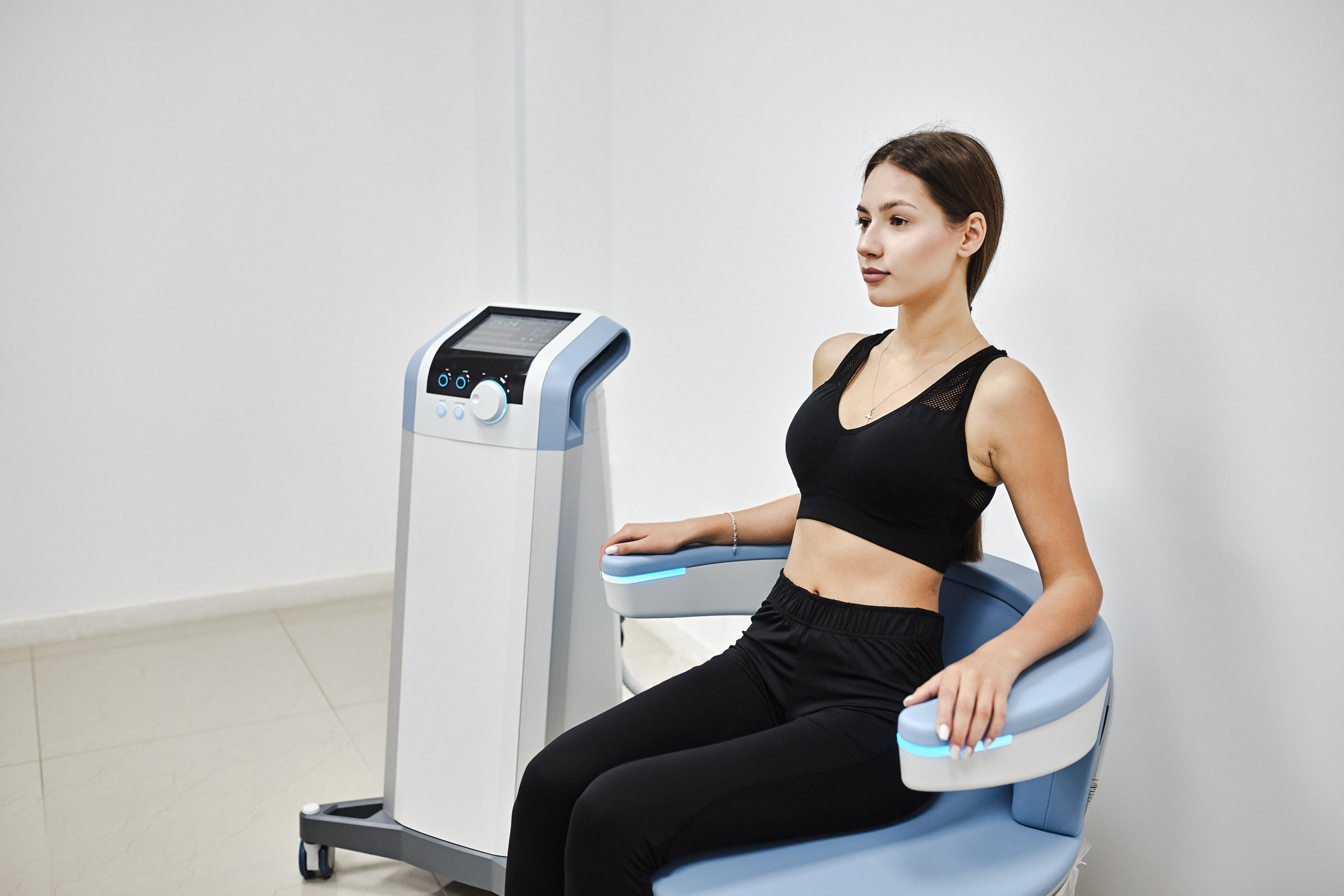Incontinence is a common yet often under-discussed condition that affects millions of people of all ages and backgrounds. Whether it’s occasional leakage during a workout or more frequent, unexpected urges, urinary incontinence can interfere with your confidence, lifestyle, and emotional well-being. At the root of many incontinence issues lies the pelvic floor, a group of muscles that support your bladder, bowel, and reproductive organs. When these muscles become weak, overactive, or imbalanced, it can lead to loss of control and other pelvic health problems.
Understanding the Pelvic Floor
The pelvic floor is a group of muscles that form a hammock-like structure across the bottom of the pelvis. These muscles support the bladder, uterus or prostate, and rectum. They also help control urination and bowel movements and play a role in sexual function and core stability. When the pelvic floor becomes weakened or too tight, it can lead to a variety of symptoms, including incontinence.
Types of Incontinence
There are several types of incontinence that can affect individuals in different ways:
- Stress Incontinence: Leakage that occurs when pressure is placed on the bladder during activities like coughing, sneezing, laughing, or exercising.
- Urge Incontinence: A sudden, intense urge to urinate followed by involuntary leakage.
- Mixed Incontinence: A combination of both stress and urge incontinence.
- Functional Incontinence: When physical or cognitive limitations prevent someone from reaching the bathroom in time.
- Fecal Incontinence: Involuntary loss of stool, often linked to pelvic floor dysfunction.
What Causes Pelvic Floor Dysfunction
Several factors can contribute to pelvic floor dysfunction including:
- Pregnancy and childbirth
- Aging and menopause
- Obesity
- Surgery such as hysterectomy or prostate removal
- Chronic coughing or constipation
- High-impact exercise
- Neurological conditions
These factors may weaken or overly tighten the pelvic muscles, leading to issues such as incontinence, pelvic pain, or organ prolapse.
How Pelvic Floor Therapy Helps
Pelvic floor therapy is a noninvasive and highly effective treatment option that addresses both the strength and coordination of the pelvic muscles. Therapy typically includes:
- Muscle training exercises tailored to your specific condition
- Manual therapy to release tightness and improve mobility
- Biofeedback to help you understand and control muscle function
- Education on bladder and bowel habits, posture, and lifestyle adjustments
The treatment plan is personalized and guided by a licensed therapist who evaluates your condition and monitors progress throughout your recovery.
Who Can Benefit from Pelvic Floor Therapy
Pelvic floor therapy is beneficial for people of all ages and genders. Common candidates include:
- Women postpartum or post-menopause
- Men recovering from prostate surgery
- Athletes with pelvic strain
- Children with bedwetting or chronic constipation
- Anyone experiencing urinary or fecal incontinence, pelvic pain, or prolapse symptoms
Therapy helps restore control and function while improving confidence and quality of life.
A Natural Alternative to Medication or Surgery
One of the most appealing aspects of pelvic floor therapy is that it offers a natural and conservative approach. Many patients experience significant improvement without the need for medication or surgical intervention. It empowers individuals to take charge of their health through awareness and active participation in their own healing.
Take the First Step Toward Relief
At Restore Body Balance, we specialize in Pelvic Floor Therapy in Wichita, KS to help you reclaim control and confidence. Our expert team provides compassionate, one-on-one care in a welcoming environment designed to support your healing journey. Whether you're experiencing urinary leakage, pelvic pain, or general discomfort, we’re here to guide you every step of the way. Contact us today to schedule your consultation and start your path toward wellness.

